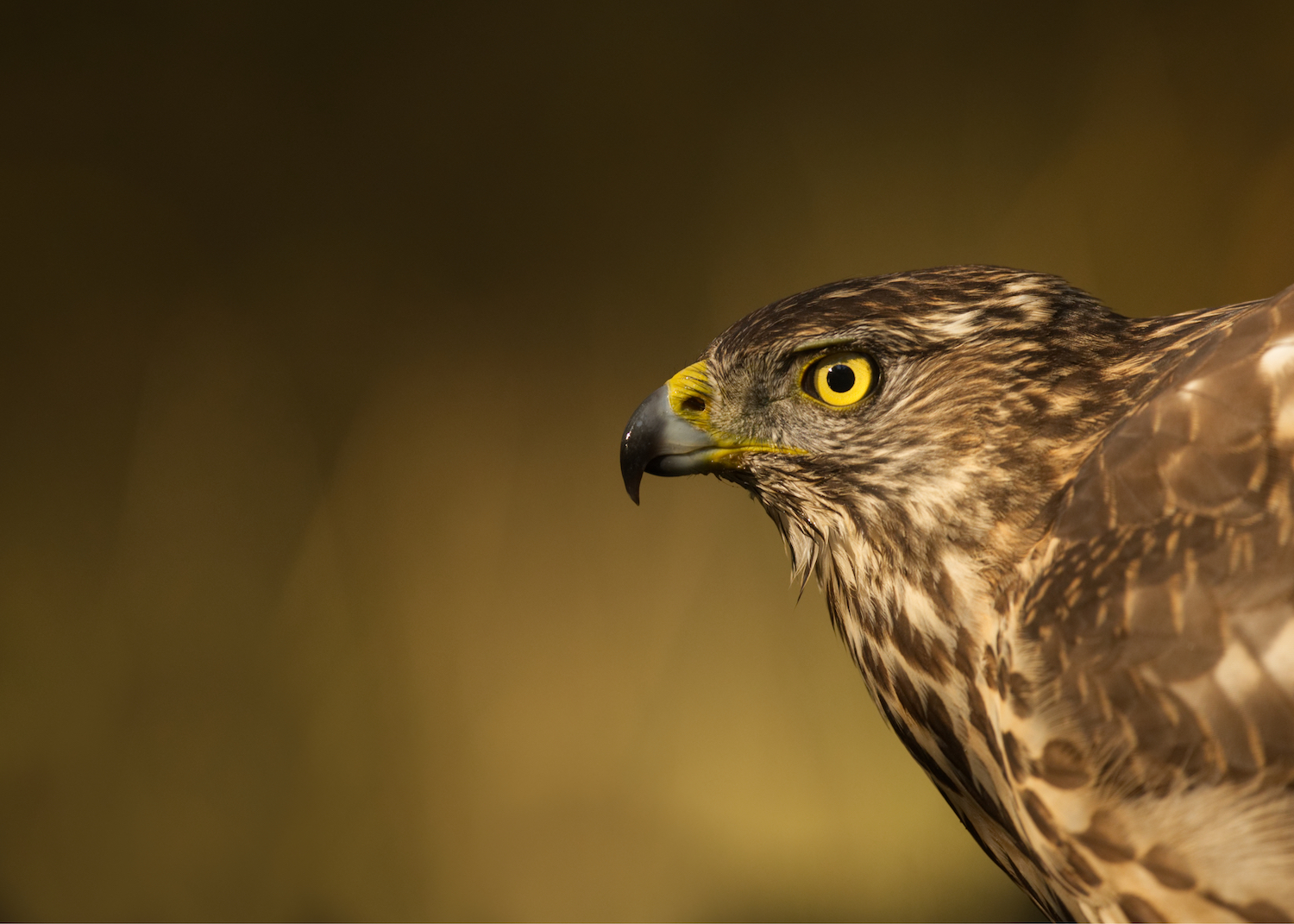48-Million-Year-Old Fossil Owl Is Almost Perfectly Preserved

ALBUQUERQUE, N.M. — About 48 million years ago, an owl swooped down to catch its prey, not by the light of the moon but in broad daylight.
How do paleontologists know this fowl wasn't a night owl? They found the exquisitely preserved remains of an owl, and its skull shares a telltale characteristic with modern-day hawks, which also hunt by day, the researchers said.
The finding is extraordinary, largely because it's rare to find fossilized owls, especially one that has so many preserved bones, said project co-researcher Elizabeth Freedman Fowler, an assistant professor at Dickinson State University in North Dakota, who dubbed the specimen "the finest fossil owl." [Whooo Knew? 10 Superb Facts About Owls]
"There is no fossil owl with a skull like this," Freedman Fowler told Live Science. "Bird skulls are incredibly thin and fragile, so to have one preserved still in three dimensions, even if slightly crushed, it's amazing. It even has the hyoids at the bottom, the bones that attach to the tongue muscles."
The skull is in such good shape that the researchers noticed that the supraorbital processes (the regions above the eye sockets) have a bony overhang, making it look as if the owl had a mini baseball cap on top of each eye, according to the research, which was presented here at the 78th annual meeting of the Society of Vertebrate Paleontology on Oct. 19. The study has yet to be published in a peer-reviewed journal.
This overhang "gives you shade so you don't get dazzled [by the sun]," said project lead research Denver Fowler, a curator of paleontology at the Badlands Dinosaur Museum in North Dakota. This feature is weak or absent in nocturnal owls, but it's common in modern hawks and daytime owls, he noted.
The finding isn't completely out of the blue. Birds are diurnal — or daytime — creatures, and at some evolutionary point, the owl changed course and became nocturnal, he said. What's more, there are diurnal owls alive today, including the northern hawk owl (Surnia ulula) and the northern pygmy owl (Glaucidium gnoma), Marc Devokaitis, a public information specialist at the Cornell Lab of Ornithology in Ithaca, New York, previously told Live Science.
Get the world’s most fascinating discoveries delivered straight to your inbox.
What's unclear is whether this mysterious specimen was an early form of owl that hunted during the day, before most owls became nocturnal, or whether it was an owl outlier that hunted during the daytime while other owl species stalked prey by night, Fowler told Live Science.
Fowl find
In all, the researchers have about 45 percent of the owl's skeleton, including the skull and bones from the legs, feet, wings and lower jaw. That's way more material than what has been found with other discoveries of fossilized owls — some of which are given scientific names based on a single fragment of a bone, Freedman Fowler said.
The owl was discovered by project co-researcher John Alexander, a research associate at the Burke Museum of Natural History and Culture at the University of Washington, while he was digging for fossils of ancient lemur-like animals known as Notharctus and Smilodectes in the Bridger Formation of southwestern Wyoming in 2007. Given that he was looking for mammals, he said he was surprised to find a bird of prey.
"This is the first predatory bird skeleton found in that formation, and people have been looking in there for 150 years," Alexander told Live Science. [Whooo's in There? Images of Amazing Owls]
However, it wasn't until recently, after showing the specimen to Fowler, that Alexander realized the specimen was an owl — one a little larger than a modern barn owl (Tyto alba).
It's not yet clear whether the owl is a newfound species, or whether it's already known in the scientific literature, but only from a fragment, Freedman Fowler said. But they expect to find out soon, as well as learn as much as they can about the ancient hunter.
"We just CT [computed tomography] scanned this, so we'll get the results back from that soon," Freedman Fowler said. "We can look at things like neck mobility — we have the cervical vertebrae, so we can see how far it could move its neck."
In addition, the braincase (the inner part of the skull that held the owl's brain) is well-preserved, "so we'll be looking at the different parts of the brain to see what its senses were like, [including] how well it could hear and how well it could see," she said.
This wasn't the only owl finding presented at the conference. Peter Houde, a professor of biology at New Mexico State University, found bones from two different owl species in the Clarkforkian-Wasatchian beds of north-central Wyoming, one dating to about 56 million and the other to about 55 million years ago. That's a bit younger than Ogygoptynx, the oldest owl on record, which lived in what is now Colorado about 61 million years ago, just a few million years after the nonavian dinosaurs went extinct about 65 million years ago, Houde told Live Science.
Originally published on Live Science.

Laura is the managing editor at Live Science. She also runs the archaeology section and the Life's Little Mysteries series. Her work has appeared in The New York Times, Scholastic, Popular Science and Spectrum, a site on autism research. She has won multiple awards from the Society of Professional Journalists and the Washington Newspaper Publishers Association for her reporting at a weekly newspaper near Seattle. Laura holds a bachelor's degree in English literature and psychology from Washington University in St. Louis and a master's degree in science writing from NYU.




